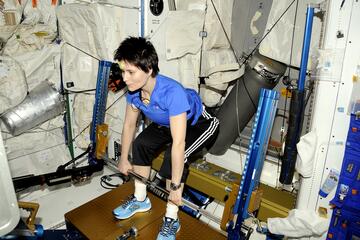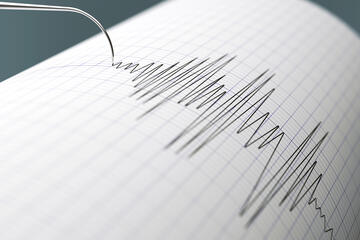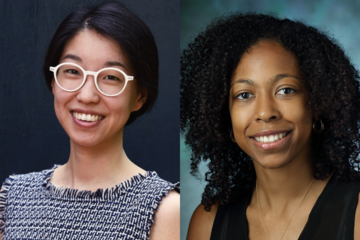Voices
America's scientific edge relies on investment in research
Published Feb 24, 2025Computer scientist Mathias Unberath, a leading expert in AI-assisted medicine, says cuts to research funding imperil the nation's ability to attract the world's best and brightest scientists

















